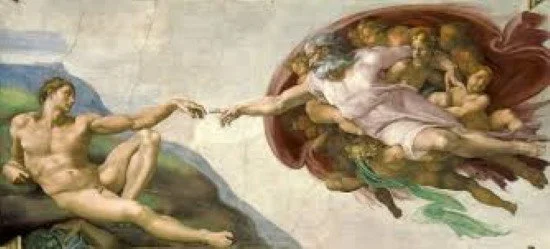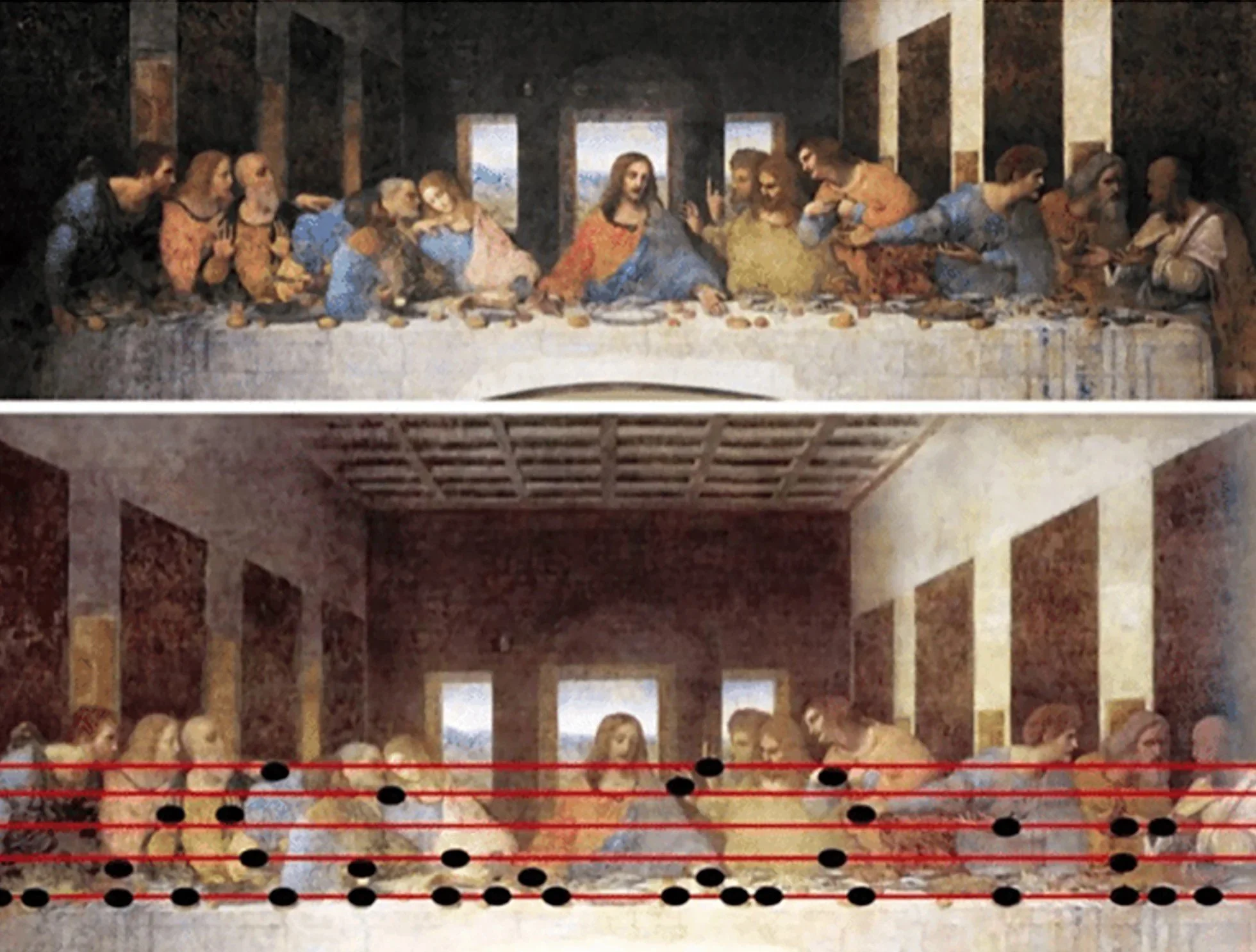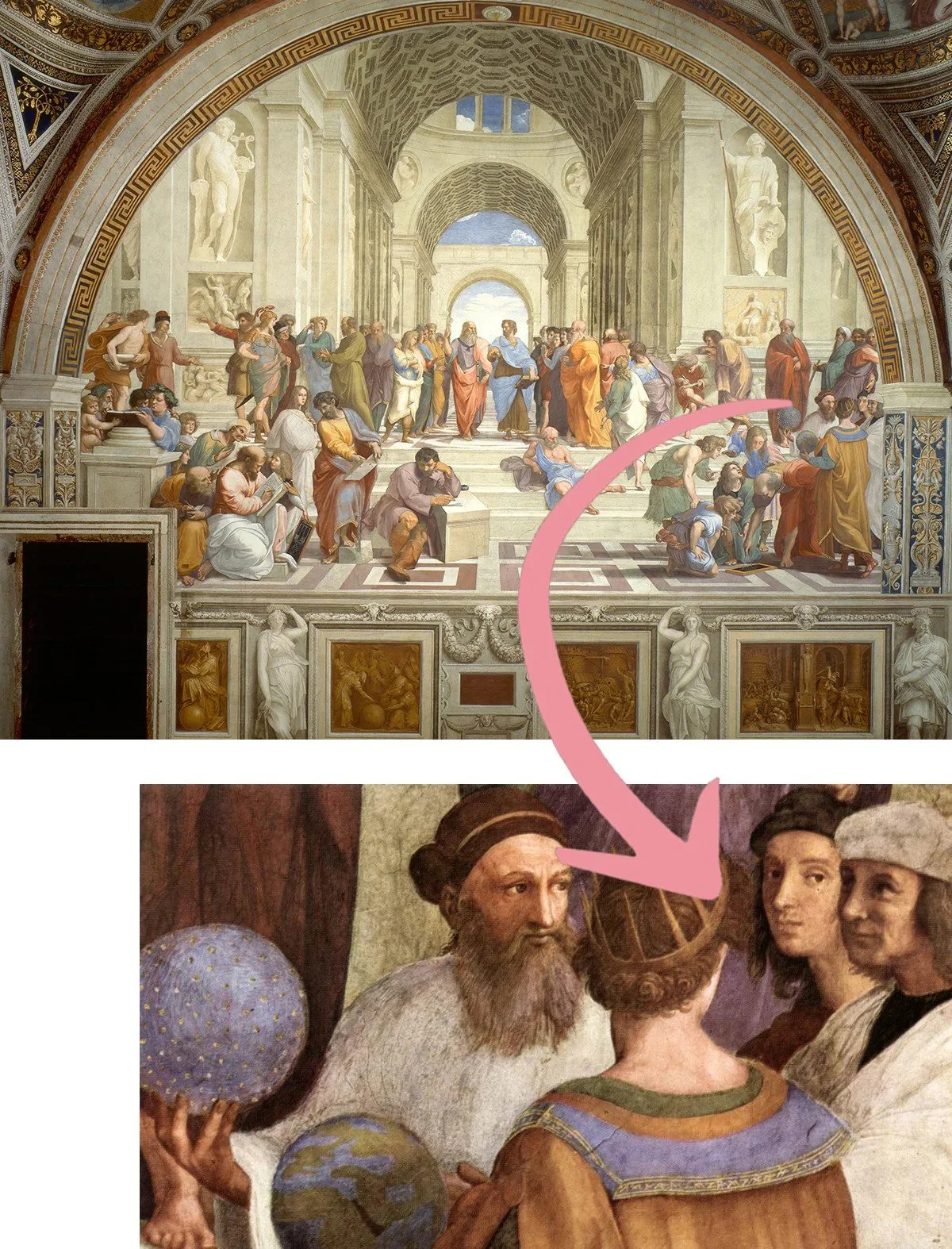Scenes Hidden in the Canvas
Art history is full of fascinating stories, but sometimes the most interesting tales are the ones that aren’t immediately obvious. Just like in some movies, Artist have been placing “Easter Eggs” in their paintings for years. Today we are going to explore some of these paintings, and together we can discover the hidden meaning behind them.
The Creation of Adam
The Creation of Adam, by Michelangelo
Outline of the Brain
Michelangelo’s masterpiece, The Creation of Adam, is a profound exploration of both the divine and the human condition, rich with symbolism that invites interpretation. Among the most compelling elements is the discernible outline of a brain nestled within the folds of God’s cloak. This shape has sparked intrigue: does it suggest the divine origin of human intelligence, serving as a reminder of the heavenly gift of reason bestowed upon mankind? Or is it a more pointed commentary, perhaps an admonition directed at the pope, urging him to "use his head"?
Adam’s Position
In this iconic scene, Adam is portrayed as a reclining figure, symbolizing humanity’s potential and open receptiveness to the divine essence of life. His relaxed posture conveys both vulnerability and an innate readiness to embrace the spark of creation. Adam’s outstretched hand, reaching towards God, signifies the intimate connection between the divine and humans, a gesture of longing for enlightenment and understanding.
Figures Around God
Surrounding God are figures that are often interpreted as representations of Eve and the future generations of humanity, born from the union of Adam and Eve. These figures not only reinforce the theme of creation but also highlight the continuity of life and the shared human experience. They frame the moment of divine touch, emphasizing the communal aspect of existence, where life is intricately linked to the act of creation itself.
In The Creation of Adam, Michelangelo masterfully intertwines artistry and philosophy, prompting viewers to reflect on the nature of existence, the relationship between God and man, and the profundity of divine intelligence illuminating human consciousness.
The Last Supper
The Hidden Code in the last supper, Leonardo da vinci
Some theorists believe that the hands of Jesus and the apostles, along with the placement of the bread, form musical notes that create a hidden melody. This intriguing notion invites us to ponder whether Leonardo da Vinci, in all his genius, could have ingeniously embedded a secret song within "The Last Supper." The strategic positioning of every element in this iconic painting raises questions about the intersection of art and mathematics, hinting at an underlying harmony that transcends mere visual beauty.
Da Vinci, known for his meticulous attention to detail and mastery of various disciplines, often sought to fuse science and art. His fascination with music, evidenced by his writings on the subject, may suggest the possibility of a deeper auditory experience encoded within the imagery. The alignment of gestures, expressions, and objects in the composition might indeed resonate with a rhythmic structure, encouraging viewers to explore beyond the surface.
As we contemplate this idea, we are reminded of the power of interpretation in art—how it can evoke sensory experiences that go beyond sight, firing the imagination and inviting a dialogue between the observer and the masterpiece itself. If there is indeed a melody hidden in the folds of the canvas, it speaks to da Vinci's unparalleled ability to weave complexity into simplicity, challenging us to listen with our eyes and feel the music that may echo through the ages.
The School of Athens
The School of Athens, by Raphael
Raphael’s The School of Athens (1509-1511) is indeed a masterpiece that showcases an assembly of great minds such as Plato, Aristotle, and Socrates, celebrated for their groundbreaking thoughts in philosophy and mathematics. Among these illustrious figures, Raphael humbly presents himself as a young scholar, positioned thoughtfully near the far right of the canvas. This inclusion serves not only as a personal statement but also as a reflection of his belief in the continuum of knowledge, suggesting that art and philosophy are intertwined threads in the tapestry of intellectual pursuit. His gaze towards the viewer encourages us to recognize the importance of creativity in contributing to the ongoing dialogue among scholars and thinkers throughout history. This subtle nod to his own identity in the context of such eminent company underscores the value of individual vision within the broader narrative of human thought.



